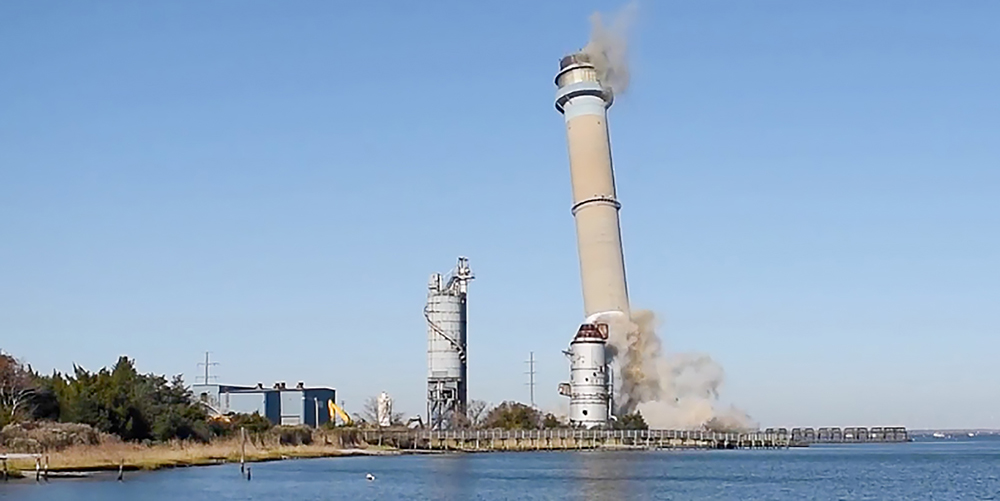By James FitzPatrick
Contributing Writer
It’s as dependable as flipping a light switch; New Jersey electricity prices are about to jump come June 1. What’s less certain is exactly why.
In February the New Jersey Board of Public Utilities announced that electric bills would be going up dramatically in 2025. The annual Basic Generation Service auction, conducted by the NJBPU, sets the price for generating and transporting power throughout the state via the grid, also known as the PJM Interconnection. The network operates across 13 states and the District of Columbia.
Depending upon which part of the state you live in, prices will rise between 17 and 20% come June 1.
Now that the bad news has hit the street, politicians in Trenton are busy trying to figure out what went wrong, who to blame, and what needs to be done to fix the problem.
On March 28 a special hearing was held by the Senate Select Committee and the Assembly Telecommunications and Utilities Committee where the BPU president said PJM seems to penalize clean energy states like New Jersey.
“PJM has consistently changed and adopted market rules in a way that favors fossil fuel generators and transmission operators at the expense of ratepayers and states with significant clean energy generation,” said Christine Guhl-Sadovy, president of the NJBPU. “Most recently, PJM once again changed the way they model for available capacity which is expected to drive auction prices even higher.”
Trenton Democrats said PJM could make more power available if it utilized projects waiting in the pipeline.
“PJM currently has about 1,600 energy projects waiting to be added to the grid, with 96% of those being clean energy projects, including 79 in New Jersey,” NJ Democrats said in a press release issued after the meeting. “If even 30% of those projects on the waiting list had been connected to the grid, energy prices at the last auction would have been 63% cheaper.”
Asim Haque, senior VP of governmental and member services for PJM, said it’s a supply and demand issue, according to the New Jersey Business and Industry Association:
“Demand is increasing due primarily to the proliferation of data centers, but also due to electrification as well as the onshoring of the U.S. manufacturing industry,” Haque told lawmakers. “As demand is going up, supply is going down. Supply is coming off the system due primarily to decarbonization policies and some economics.”
The Murphy administration has been criticized by Republicans for its ambitious energy master plan of 2019 which seeks to have the state using 100% clean energy by 2035, and places emphasis on generating that power with offshore wind.
“Many of my colleagues have been sounding the alarm on the governor’s misplaced energy master plan and the costs associated with it for five years,” said Sen. Tony Bucco (R-25th).
Republican Rep. Jeff Van Drew, who has called for an investigation of the BPU, said it doesn’t have to be this way.
“They have ignored real solutions like nuclear, solar, and natural gas while shutting down projects that could have helped, like the B.L. England Power Plant and the South Jersey natural gas pipeline.”
Regardless of who wins the political battle in Trenton, there is no doubt that ratepayers will be the losers.
Residential and small business customers of the state’s four major electric utilities: Atlantic City Electric, PSE&G, Jersey Central Power & Light, and Rockland Electric will be affected.
Based on the average household using 650 kilowatt-hours per month, Atlantic City Electric customers will see an increase of $28.02 per month, the highest of the big four, for a percentage increase of 17.23%. If your previous bill was $162.60, the new average bill will be $190.62.
PSE&G customers will see an increase of $26.87, Rockland Electric (North Jersey) customers will see an increase of $25.48, and Jersey Central Power & Light customers will see an increase of $22.67.
















